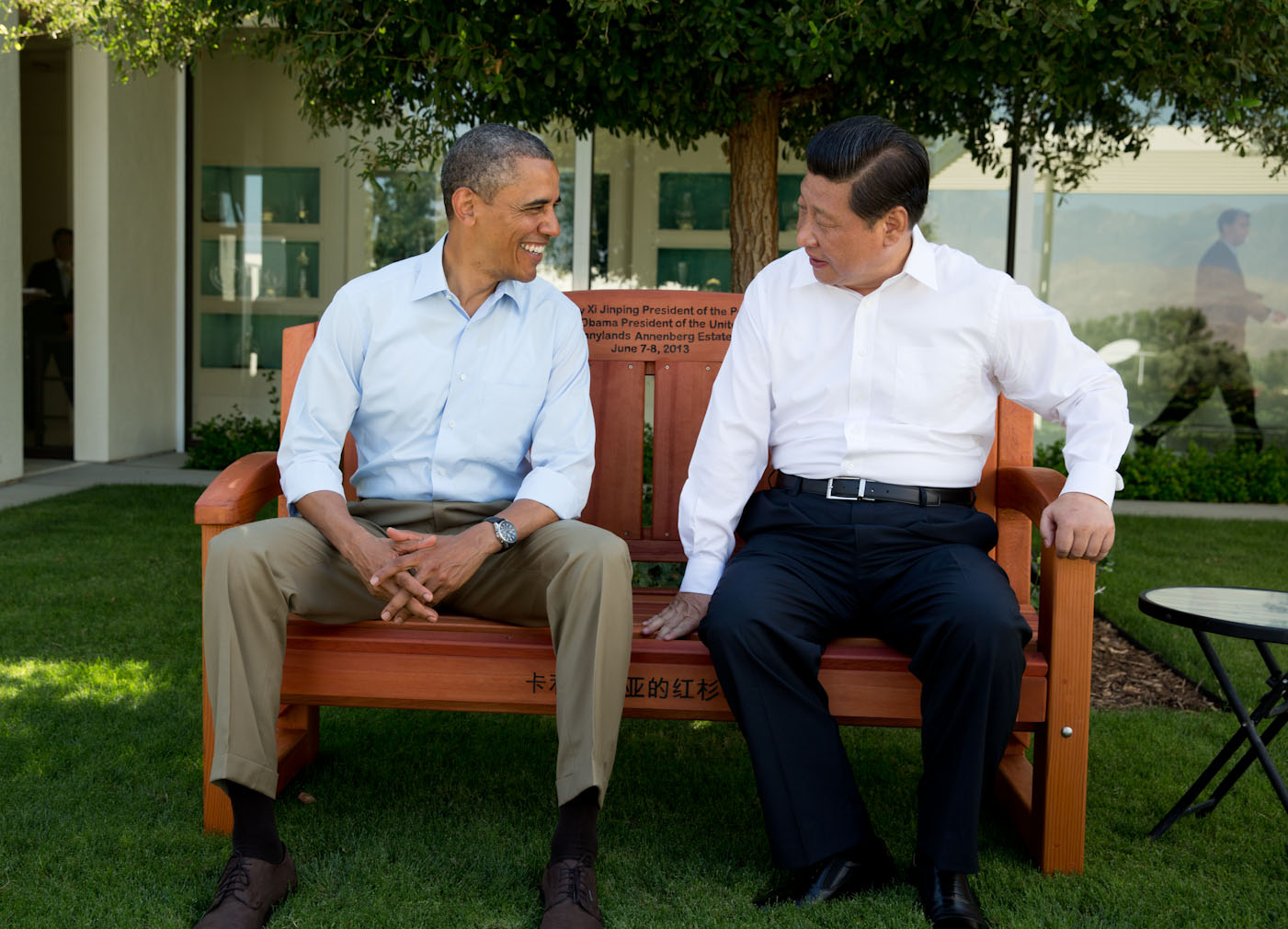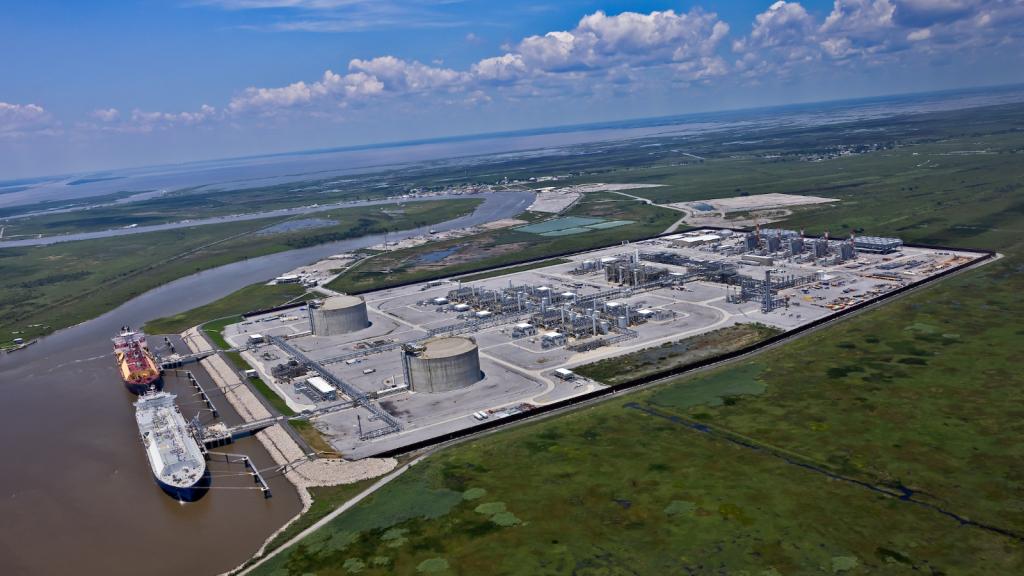In what may prove to be a watershed moment in the fight against climate change, President Obama and Chinese President Xi Jinping announced from Beijing on Wednesday that they are pursuing ambitious new greenhouse gas emission reductions.
China and the U.S. are the world’s two largest emitters of heat-trapping gases like carbon dioxide and methane, and their cooperation is absolutely essential to the success of any global effort to scale back emissions and avert catastrophic climate change.
According to a statement from the White House press office, the U.S. will reduce emissions 26 to 28 percent below 2005 levels by 2025, with “best efforts” to hit the higher end of that range. China will have its CO2 emissions peak around 2030, “make best efforts to peak early,” and increase the share of non-fossil fuels in its energy portfolio to “around” 20 percent by 2030. You might notice a lot of wiggle room in that language. There’s more. The White House release refers to these goals as statements of “intent.” They don’t promise or even “agree” to hit these targets, they merely “intend” to.
That may sound a little weak, but it’s necessary. Remember, foreign treaties require approval from a two-thirds supermajority of the U.S. Senate before they can be ratified. There’s no way Senate Republicans would vote for an emission-reduction treaty. But by merely jointly announcing with China their intentions, the Obama administration avoids signing an actual treaty. So the Senate can’t formally stop this agreement.
Both administrations have their work cut out for them. As The Washington Post observes, “to meet its target, the United States will need to double the pace of carbon pollution reduction from 1.2 percent per year on average from 2005 to 2020 to 2.3 to 2.8 percent per year between 2020 and 2025.” And for China: “It must add 800 to 1,000 gigawatts of nuclear, wind, solar and other zero-emission generation capacity by 2030 — more than all the coal-fired power plants that exist in China today and close to the total electricity generation capacity in the United States.”
At first glance, it may sound unfair that China does not have to start actually reducing its emissions yet while the U.S. has to reduce emissions even more steeply than it has already planned. That’s certainly what Republicans will say.
They will be wrong. Thanks to our longstanding development and wealth, the U.S. has produced 29.3 percent of global cumulative carbon emissions, while China has been responsible for only 7.6 percent. What China is planning — starting on a path of renewable development, so that it can transition from fossil fuels as quickly as possible without damaging economic growth — lays out a model for emerging economies such as India, Brazil, and Indonesia to follow.
Likewise, the U.S. is sending a message to those countries, and to the pro-fossil fuel governments in Canada and Australia, that we are serious about putting climate at the center of our international relationships. The U.S. and China have also struck deals to reduce tariffs while Obama has been in Beijing. Other nations should take note that Obama is seeking climate cooperation from our trading partners, and they should feel the pressure to step up.
The U.S. pledged under the 2009 Copenhagen Accord to reduce carbon emissions 17 percent below 2005 levels by 2020. We’ve already achieved some reductions, and if the EPA’s proposed regulations to cut emissions from power plants go through, we would be just barely on track to meet those goals. Obama now wants to stretch those goals over the following five years, up to 2025. From a scientific standpoint, this might be getting the U.S. close to the trajectory of cuts needed by 2050 to keep global warming below 2 degrees Celsius, the internationally agreed-upon goal.
But what we have committed to previously is already under political attack. The Republican majority in the House of Representatives has voted to repeal the EPA’s authority to regulate greenhouse gases under the Clean Air Act. The new Republican Senate will now do so as well. While that will be met with a presidential veto — if it even gets past a Democratic filibuster — it could set up a showdown, and government shutdown, if Republicans tie it to the budget. Congress is also likely to take other unhelpful actions like passing bills to approve the Keystone XL pipeline.
Speaking of Keystone, this deal is especially interesting in light of the White House recently declining to threaten a veto of Keystone approval if Congress passes it. Environmental leaders like Sen. Sheldon Whitehouse (D-R.I.) and the Natural Resources Defense Council immediately released statements lauding the announcement from Beijing. But 350.org Executive Director May Boeve tied the news back to Keystone in her statement, saying, “The real proof will be in the pudding. There’s no way approving the Keystone XL pipeline and additional fossil fuel development is compatible with this pathway.”
Reaching the new emission-reduction targets is certainly technologically possible, and allowable under existing law — as long as Congress doesn’t figure out a way to stop to it. Emissions have already declined, we’ve got new rules on tailpipes, and with the proposed power plant rules, we are almost there already. “I think it’s achievable,” says Tyson Slocum, director of Public Citizen’s energy program. “They might have to make some tweaks [to the power-plant targets], but I don’t see it as being a radical rewrite of the goal.”
It will be necessary to finalize power-plant rules — the centerpiece of Obama’s Climate Action Plan — that are as strong, if not stronger, than what is already proposed. Other components of the plan, like possible rules to limit methane leakage from fracking, don’t have the potential to achieve such big reductions. Still, moving forward with them will also be necessary.
But any tightening of EPA regulations or introduction of new ones would risk inciting even stronger political backlash or being overturned in court. Even Democrats in fossil fuel-producing red states ran away from the rules in this last election. (They still got clobbered.) Republicans are already mulling ways to impede the power-plant rules by defunding the regulatory process. The stronger the rules get, the more childish they’ll act. And they will have the same reaction to anything else Obama tries to do through executive action.
The administration is being coy in its statements thus far. Secretary of State John Kerry wrote an op-ed about the announcement in Wednesday’s New York Times. All he says on the feasibility of the goal laid out is, “It is grounded in an extensive analysis of the potential to reduce emissions in all sectors of our economy.”
The White House leaked information about this new agreement to a handful of select reporters at elite national publications. The reporters asked how the U.S. can hit the new targets given who’s in control of Congress, but seem not to have gotten much of an answer. Here’s the Post: “U.S. officials said they were confident the president possesses the authority to set the new climate targets without additional authorization from Congress. They acknowledged that the Republican takeover of the Senate makes it unlikely that lawmakers will pass laws furthering carbon reductions and that the GOP might attempt to roll back executive actions Obama already has taken to do so.”
But just because they aren’t telling what it is yet doesn’t mean the White House doesn’t have a plan. The administration has apparently been working in secret on this deal with China for nine months, since Kerry first raised it during a visit to Beijing in February.
This much we know: The U.S. and China are the world’s two biggest economies, and showing that they will play their part in reducing emissions is essential to getting an international agreement at the next round of big climate negotiations in Paris in December 2015. Now the prospects are looking a lot better.



